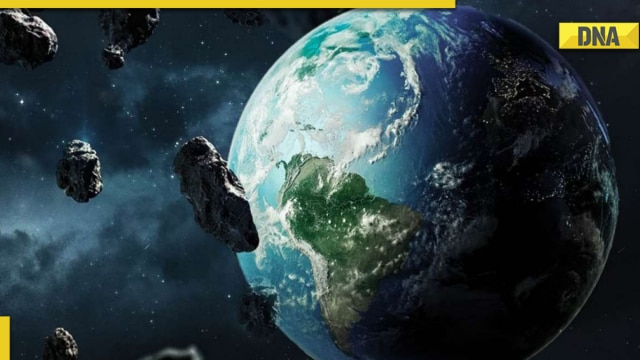
The ozone layer absorbs the sun’s harmful UV rays. (Representative)
Canada-based scientists have claimed they have discovered a large, year-round ozone hole in the lower stratosphere over the tropics. The hole is comparable in depth to Antarctica’s spring hole, but is seven times larger. The revelation was made by Qing-Bin Lu, a researcher at the University of Waterloo in Ontario, Canada. The tropics, which include India, make up half of the earth’s surface and are home to half the world’s population. The new ozone layer can severely impair the quality of life.
His colleagues in the scientific community are surprised by the discovery, as it was not made using the traditional model. He used the cosmic ray powered electron reaction (CRE) model. According to the study, 80 percent of normal ozone levels were found depleted in the center of the hole.
The ozone layer absorbs the sun’s harmful UV rays. In the mid-1970s, scientists claimed that industrial chemicals, including chlorofluorocarbons, were depleting the ozone layer around the world. In 1985, another group of scientists discovered the Antarctic ozone hole. The substances have been banned in most countries, resulting in an improvement in the ozone layer, but the hole still exists.
The scientists said that the ozone holes play an important role in regulating stratospheric temperatures. The discovery will help scientists better understand the challenge of climate change.
How does ozone depletion affect human health?
The depletion of the ozone layer means that more UV radiation would reach the earth’s surface. UV radiation can cause skin cancer and cataracts. It can also weaken human immune systems and disrupt delicate aquatic ecosystems. It can also harm crops.
“The present discovery requires further careful studies on ozone depletion, changes in UV radiation, increased risk of cancer and other negative impacts on health and ecosystems in tropical regions,” Lu said.
With input from ANI










